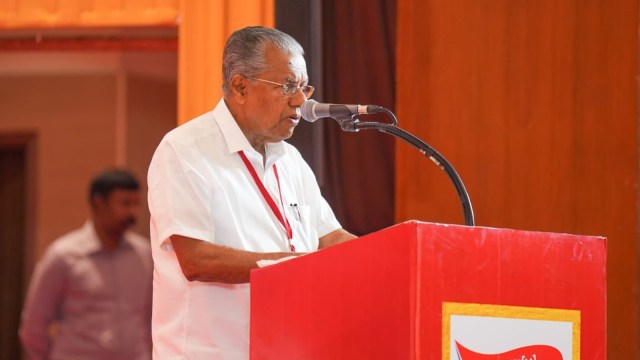
The Extreme Poverty Eradication Project (EPEP) in Kerala is riddled with misnomers. It appears the distinctions between individuals, families, and households are lost on the Kerala government. There are 64,006 “families” who have been addressed by the project, but they only add up to 1,03,099 individuals — an average family size of less than two, a biological impossibility. What they seem to have meant is 64,006 households. Thus, 14,862 single-member households were classified as single-member families — how can a solitary individual be considered a family?
If the error had been limited to a misused word, it would have been fine. But even people associated with the project compound the error by applying the standard census family size to these households. For instance, Dr Joy Elamon, a senior academic involved in the project, writes in an article for the government mouthpiece Kerala Calling that the identification of 64,006 households as “extremely poor” is in line with NITI Aayog’s finding that 0.73 per cent of Kerala’s population is extremely poor — this only works if one applies a household size of five. One lakh individuals in a population of 3.6 crore indeed make up about 0.28 per cent. Even by Elamon’s standards, this project has covered less than half of Kerala’s “extremely poor”.
Further, the project did not even seek to address all “extremely poor”. Rather, it proposed a new definition of “extremely poor” that targeted beneficiaries who were not already covered under other schemes. In short, the project aimed to widen the welfare net to those left out of it; hence, the 5.9 lakh Antyodaya Anna Yojana ration cardholders in Kerala, the “poorest of the poor”, were excluded from the project’s scope, as were other similar groups. Therefore, the target population for this project is more accurately referred to as “destitutes”, as some activists and economists suggest, and the Project ought to have been called the Rehabilitation Project for Destitutes.
There is a homegrown Caritas in communism, and the EPEP is a part of this communist ethic. It ought not to be dismissed as a mere electoral ploy. Of course, the communists will be happy to win an election on the terms of their choosing. Sadly, though, elections aren’t swayed by the issues of the destitute.
As Kerala’s ministers painstakingly reiterate, this government aims to make Kerala the second region, after China, to be free from extreme poverty. Emulating China’s achievements is an admirable ideal in their lifeworld. This is about “We, the Communists”, and so they hold the issue dear and become impervious to legitimate criticism, dismissing any critics as mere anti-communist propagandists. However, the hoax of projecting the battle against destitution as the eradication of extreme poverty needs to be called out.
The two successive LDF governments in Kerala can take pride in their efforts to help the poorest, particularly in their massive effort to build dignified homes for the unhoused. In any democratic society, this incremental progress is a satisfying result. The implementation of EPEP was notably a decision made in the first Cabinet meeting of the second Pinarayi Vijayan government in 2021. The project was the result of wide and smooth coordination between civil society and various levels of the government, improving the lives of over one lakh people through sustained effort.
The real value of such a project is that it introduced a sense of humanity in the measures adopted towards vagrants, the hapless, the sick and mentally ill, and similar groups of the abject poor whom Zygmunt Bauman calls “Wasted Lives”. In anti-capitalist lore, there is the oft-repeated story of Henry VIII ordering the hanging of vagabonds, leading to 72,000 lumpenproletarians being executed. Even in most modern countries, these wasted lives are simply neglected. In contrast, the Kerala government has made one lakh “wasted lives” infinitely better. Its achievement is to have given them an opportunity to rebuild, or at least live out their lives with some dignity. Still, there were 231 vagabonds on whom even the government had to give up, according to its own EPEP Status Report from November 2025. They roam in Kerala as contemporary Vogelfrei, on the fringes of state and society.
Arjun Ramachandran is a research scholar at the Department of Communication, University of Hyderabad. Kuriakose Mathew teaches politics and international relations at the School of Liberal Arts and Management Studies, P P Savani University, Surat. His research focuses on democratic forces in transitional polities